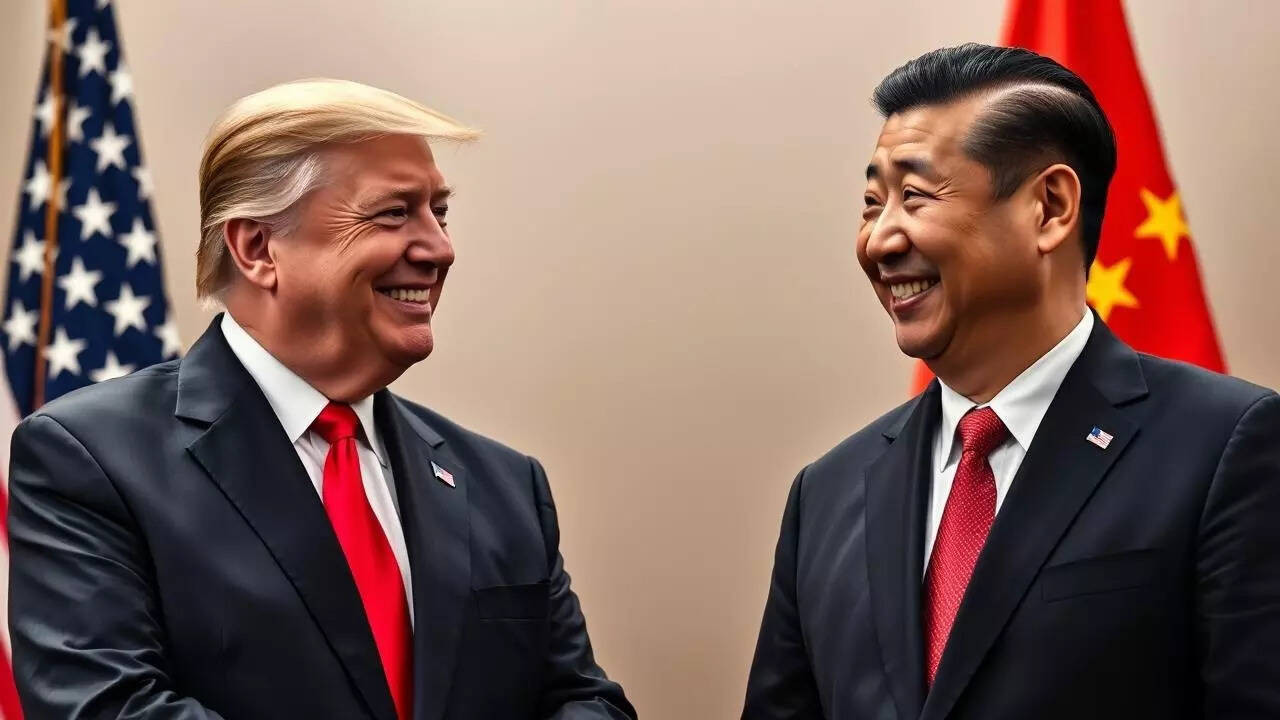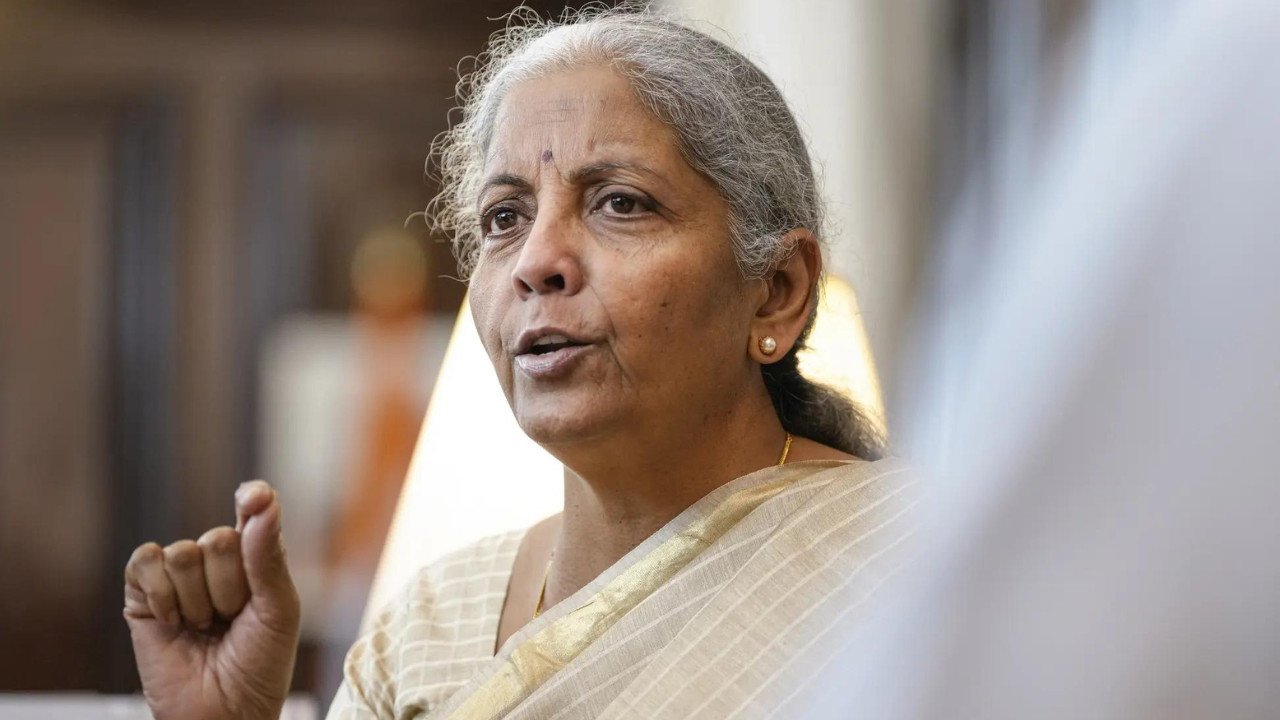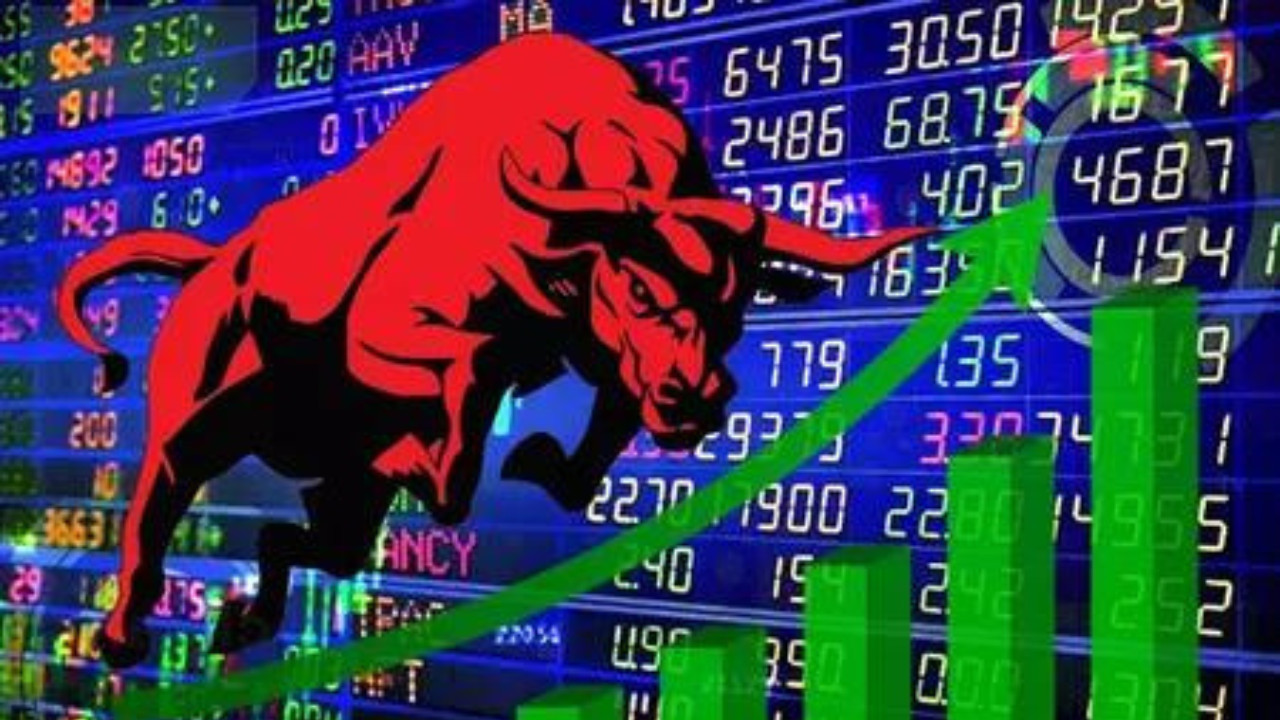US President Trump has extended the trade ceasefire with China for 90 days, averting a potential economic confrontation. This pause allows both nations to resolve differences and possibly arrange a meeting between Trump and Xi Jinping. Experts believe Trump’s leniency stems from China’s control over critical minerals.
The Trade Truce Continues: Decoding Trump’s China Tariff Delay
The air crackles with anticipation – or perhaps it’s just the hum of international commerce holding its breath. For those following the intricate dance between the US and China, the latest move on the trade chessboard is a familiar one: another extension of the tariff truce. Former President Donald Trump, known for his assertive stance and “America First” policies, has prolonged the pause in escalating tariffs with China for another 90 days. But what’s really going on here? This isn’t just about avoiding a trade war; it’s a carefully calculated move with potentially far-reaching implications.
The initial agreement to halt tariff hikes was meant to provide a window for negotiation, a chance for both economic giants to hammer out a more equitable trade relationship. However, the clock is ticking, and the question on everyone’s mind is: why the extension? Is it a sign of progress, or merely a postponement of the inevitable?
The Stakes Are Higher Than You Think
Trade wars are rarely straightforward. They ripple through industries, affecting businesses, consumers, and even geopolitical stability. Escalating tariffs on Chinese goods coming into the US, and retaliatory tariffs on American exports to China, can lead to higher prices for consumers, reduced profitability for companies, and disruptions in global supply chains. The potential damage to the global economy is immense.
Think about it: your favorite gadgets, clothes, even some of your food, likely have components or materials sourced from China. Increased tariffs translate directly into higher costs that eventually reach your wallet. Businesses that rely on exporting to China face a similar challenge, potentially losing market share to competitors in other countries.

Behind the Extension: More Than Meets the Eye
One compelling theory for the ongoing extensions revolves around domestic economic considerations. The US economy, while generally robust, is not immune to the pressures of a trade war. Hiking tariffs right before an election, for example, could be politically risky, especially if it leads to noticeable price increases for everyday goods. Maintaining a semblance of stability, even if temporary, might be seen as a strategic move to avoid upsetting voters.
Furthermore, the US isn’t necessarily holding all the cards in this negotiation. China’s economic growth, while facing its own challenges, remains substantial, and its internal market is vast. China has been actively seeking alternative trading partners, diversifying its supply chains, and reducing its reliance on the US. This means that the threat of tariffs might not hold as much weight as it once did. This could be a crucial factor in Trump’s decision to extend the truce.
A Strategic Pause for Strategic Gain?
Could this continued “tariff truce” actually be a strategic play, designed to extract more favorable concessions from China? Perhaps the US is using the threat of future tariffs as leverage, hoping to push China towards addressing issues like intellectual property theft, forced technology transfer, and market access restrictions. By keeping the possibility of tariffs on the table, the US maintains a degree of pressure, even without immediately implementing them.
It’s also worth considering the broader geopolitical context. The US and China are not just economic rivals; they are also competing for influence on the global stage. Trade negotiations are intertwined with security concerns, technological competition, and diplomatic maneuvering. Extending the truce might be part of a larger strategy to manage the complex relationship between these two superpowers. You can explore more about global economic trends and their impact here.
Looking Ahead: The Unpredictable Future of Trade
So, what does the future hold? Will the US and China eventually reach a comprehensive trade agreement? Or are we simply delaying the inevitable escalation of tariffs? The answer, as with most things in international relations, is complex and uncertain.
The next 90 days will be crucial. We can expect intense negotiations, behind-the-scenes maneuvering, and perhaps even some surprises. The global economy will be watching closely, hoping for a resolution that fosters stability and growth, rather than disruption and conflict. Only time will tell if this extension leads to a lasting peace on the trade front, or merely a temporary reprieve before the next battle begins.







